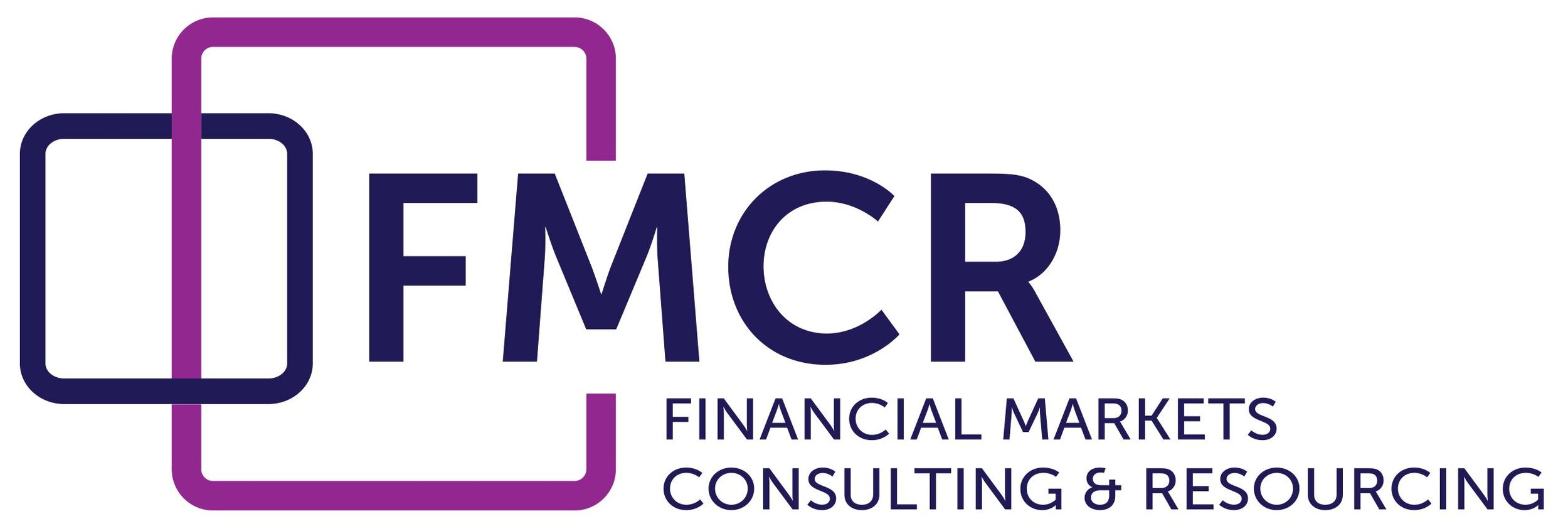Donald Trump – Mixed Messages about U.S. Bank (De) Regulation?
‘Make America Great Again’ was the campaign watchword of President-elect Donald Trump and bankers and investors are watching with interest to see what this will mean for U.S. banks. Trump’s dislike of anti-competitive regulation is well known.
Banks did not take centre stage on the campaign trail but Trump did make some passing references to overregulation of American banks and that in his opinion that this had partly contributed to the holding back of US growth.
In May he said more specifically that ‘Dodd-Frank has made it impossible for bankers to function … it makes it very hard for bankers to loan money, for people to create jobs and this has to stop’; he announced he would ‘dismantle’ the Dodd-Frank Act which had been enacted in 2010 in response to the banking crisis. As with most legislation passed in response to banking crises the banking industry also felt that it had been too draconian and so it has proved.
But, in a seeming policy contradiction, on the first day of the Republican Party Convention in July, Trump said that he would reinstate Glass-Steagall. The Glass-Steagall Act had been imposed in the wake of the 1929 market crash to limit the relationship between securities firms and banks and was repealed by Bill Clinton in 1999. Was this just campaign rhetoric to garner votes or was there serious intent behind this statement?
Bold electoral campaign claims have a habit of being watered down, dropped or even becoming complete u-turns once a candidate is elected, so what form are the changes to US bank regulations likely to take?
Under Trump, changes to Dodd-Frank seem certain. His high-level economic policy is likely to be one of reducing Corporation Tax coupled with massive infrastructure spending and massive borrowing to finance it to generate job creation. The economic result is likely to be a weakening of the dollar, stimulation of growth, and rising inflation and interest rates in the US. To achieve his growth aims he needs to ensure that banks, particularly the smaller community banks who had little to do with the crisis, have the ability to lend to small businesses in the communities they serve.
At present small businesses, the acorns of any economy , are finding it difficult to borrow. Fewer and fewer banks are willing to consider loans under $100k due to the high overhead costs imposed by Dodd-Frank. There are small loans available through online non-banks but they carry often prohibitive costs.
At the other end of the industry spectrum, big US banks do not want to see Dodd-Frank repealed; they feel that the system is safer than a decade ago. The reality is that Dodd-Frank has worked in their interests as it has allowed the survivors of the crisis to grow even bigger and more powerful. They would, however, welcome changes in the way that it is implemented, particularly in relation to Basel III risk-based and leveraged capital rules; the Comprehensive Capital Analysis and Review process (CCAR stress tests) and Consumer Financial Protection Bureau (CFPB) initiatives.
So, it is likely Trump will face substantial political barriers from the heavy-weights to fully repealing Dodd-Frank (and not least because that would require 60 votes in the Senate) but will find considerably less resistance to peeling it apart to facilitate lending to the economy’s grass roots.
The reinstatement of Glass-Steagall looks less likely as it is difficult to see how this would serve Trump’s high-level policy of creating growth and jobs.
The real source of the 2008 crisis was Alan Greenspan’s Fed’s monetary policy which subsidised excessive credit and set over-ambitious federal affordable housing goals, rather than the absence of Glass-Steagall. It was a deliberate policy to create growth and jobs through a booming construction industry to counter the burst 2001 dot.com bubble; but it was a policy which got dramatically out of control, encouraging a tidal wave of sub-prime and ‘liar’ mortgages to finance it.
Trump’s Glass-Steagall promise in July looks increasingly like it was a political manoeuvre solely aimed at persuading undecided Bernie Sanders’ working class supporters to vote for him. Sanders had included it in his manifesto and had just lost the Democratic nomination to Hillary Clinton.
Others will be watching developments closely. Any form of deregulation will certainly have the regulation-loving Eurozone worried.
At a recent industry conference, Felix Hufeld, President of Germany’s financial regulator, Bafin, warned against a loosening of post-financial crisis bank regulations. ‘Barely 10 years after the start of the financial crisis I once more hear the bugle calls of deregulation’ he said, without explicitly referring to Trump in his speech, ‘and I have the impression that these sounds are becoming louder. That is not without risk.’ Hufeld said.
There will undoubtedly be changes to US banking regulation to remove the ‘sand from the gears’ to foster Trump’s economic growth plans but it has not yet been made clear how they will manifest themselves.
One thing that is for sure is that the Eurozone will be watching closely as the sorts of changes being mooted will make its already fragile and overregulated banking system more uncompetitive and will bring unwelcome pressure on European lawmakers to follow suit. Italy’s banking system, with its surfeit of non-performing loans and its liabilities through the Target 2 settlement system would be particularly vulnerable to further European fragility.
On the other side of the coin, Trump, himself, will have to make sure he has the necessary controls in place to prevent the financing he unleashes from fuelling another 2008-style banking crisis.
